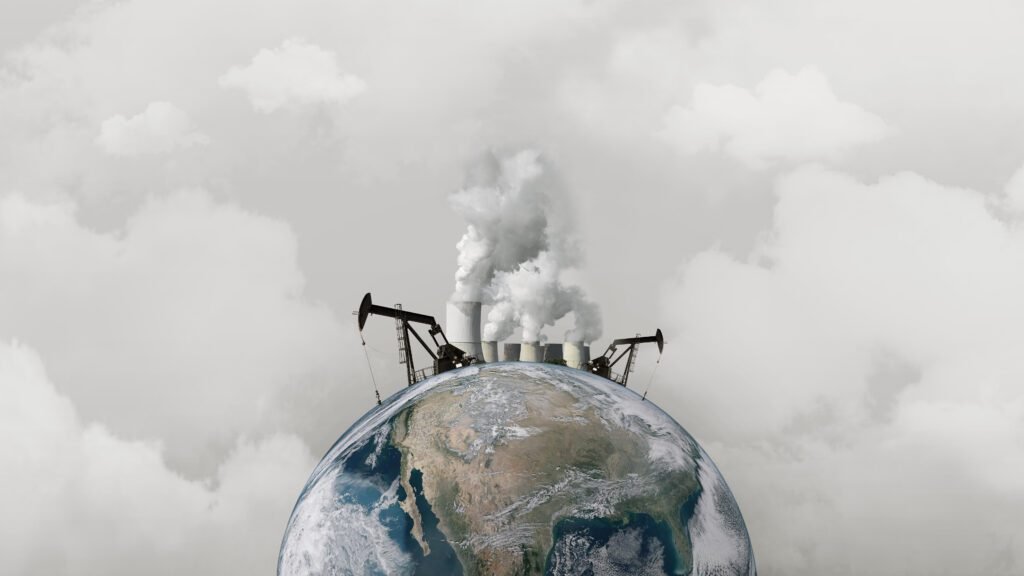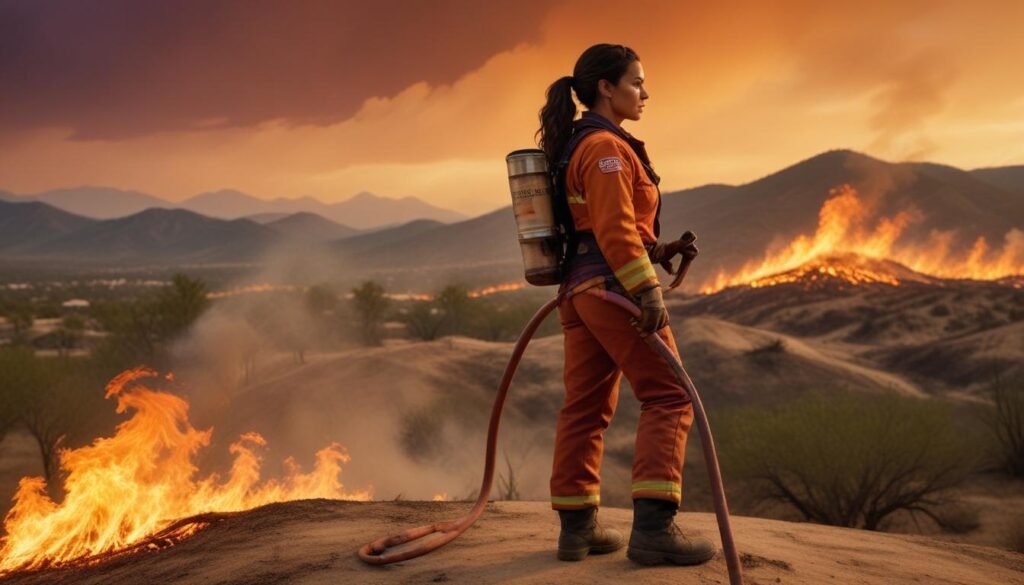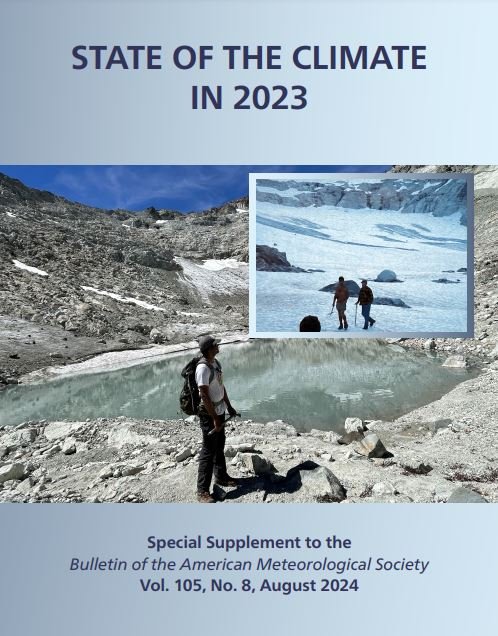2023 saw record-breaking climate extremes due to El Niño and rising greenhouse gases, with unprecedented heatwaves, droughts, and glacial melt. State of the Climate in 2023 Reports.
El Niño Takes Hold After Prolonged La Niña
In 2023, the climate saw drastic shifts as La Niña conditions, prevalent since mid-2020, gave way to a strong El Niño by October. This transition, coupled with record-high levels of greenhouse gases, led to unprecedented climate events worldwide.

Record-High Greenhouse Gas Levels
Atmospheric concentrations of major greenhouse gases—carbon dioxide, methane, and nitrous oxide—reached new highs. The global average carbon dioxide level rose to 419.3 ppm, a 50% increase from pre-industrial times. This marked the fourth-largest annual increase since the 1960s.
2023 Breaks Climate Records
2023 was the hottest year on record for both land and oceans, with temperatures surpassing those recorded since 1850. Countries like China, India, and Canada experienced their warmest years on record, and intense heatwaves swept across continents. Vietnam and Brazil broke national temperature records, with Vietnam hitting 44.2°C in May and Brazil reaching 44.8°C in November.
Melting Glaciers and Shrinking Snow Cover
The impact of rising temperatures was stark in the cryosphere. North America saw its smallest snow cover in 56 years, and Alpine glaciers suffered the greatest mass loss since records began in 1970. The St. Anna Glacier in Switzerland and the Ice Worm Glacier in the United States disappeared completely. In Alaska, a glacial lake burst, causing unprecedented flooding in the Mendenhall River area.

Arctic and Antarctic Extremes
The Arctic experienced its fourth-warmest year on record, with record warmth in the summer. September sea ice extent was the fifth smallest ever recorded. In Antarctica, temperatures soared up to 6°C above average, contributing to the lowest sea ice extent ever recorded. Throughout the year, 278 days saw new record-low sea ice extents.2023 Breaks Climate Records.
Oceans Experience Unprecedented Heat
Global sea surface temperatures in 2023 were the highest in 170 years. A historic high of 18.99°C was recorded in August. Around 94% of the ocean surface experienced marine heatwaves, while global ocean heat content hit record levels.
Tropical Storms and Hurricanes Leave Devastation
A total of 82 named tropical storms occurred globally, slightly below the 1991–2020 average. However, these storms were intense. Hurricane Otis became the strongest landfalling hurricane on Mexico’s west coast, and Cyclone Freddy became the longest-lived tropical cyclone, impacting Madagascar and Mozambique.
Droughts and Wildfires Intensify
Extreme drought affected 7.9% of global land in July 2023, the highest on record. Canada faced its worst wildfire season, burning over 15 million hectares. Australia experienced its driest three-month period from August to October, with massive bushfires raging in the Northern Territory. In South America, the Rio Negro in the Amazon basin fell to its lowest level since records began.

Flooding and Rainfall Records
The transition to El Niño brought heavy rains to eastern Africa, causing devastating floods in Ethiopia, Somalia, and Kenya. Greece recorded its highest daily rainfall in September, with 754 mm falling in 21 hours due to Storm Daniel.
A Year of Climate Extremes
The year 2023 will be remembered for its climate extremes, driven by both natural and human-induced factors. As greenhouse gas levels continue to rise, these extreme weather patterns may become the new normal.








